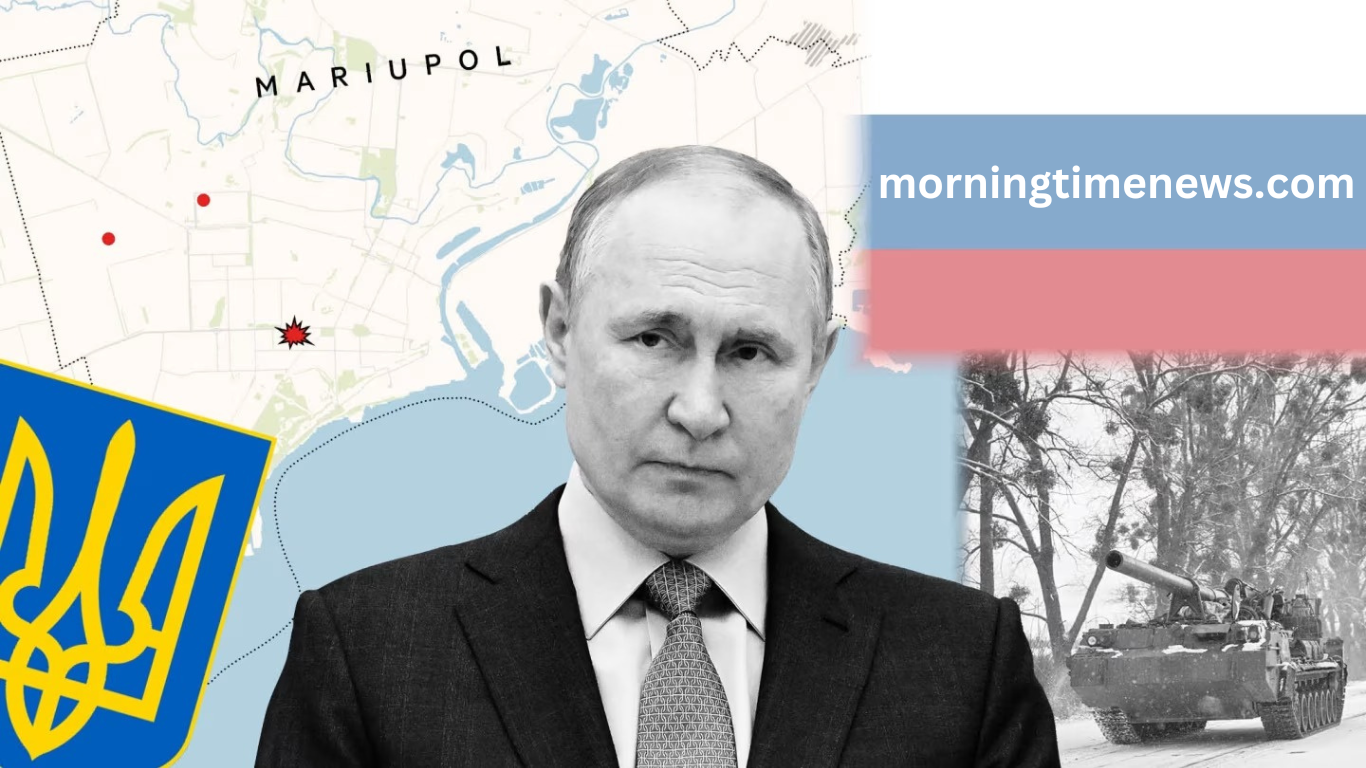Ukraine’s fight has stretched beyond the battlefield into a test of resilience, diplomacy, and global alliances. What began as a defensive war has evolved into a broader struggle, forcing the nation to navigate shifting geopolitical landscapes while maintaining its sovereignty. With both military and political fronts in constant motion, the question of Ukraine’s ultimate endgame remains complex.
Military Objectives and Strategic Realities
Ukraine’s leadership has been clear about its goals: reclaim lost territory, secure its borders, and prevent future aggression. However, the path to achieving these objectives is shaped by battlefield realities. While military aid and strategic victories have bolstered Ukraine’s position, sustaining long-term resistance requires a balance of firepower, tactical adaptability, and external support. The ability to hold ground while pushing for gains is crucial in shaping the eventual outcome.
Diplomatic Pathways to Resolution
Beyond military efforts, diplomacy plays a key role in determining Ukraine’s future. Negotiations, whether direct or mediated by international powers, continue to be a focal point. Talks of potential settlements or ceasefires surface intermittently, but trust remains a significant obstacle. With shifting political dynamics in global capitals, the success of any diplomatic resolution depends on ensuring Ukraine’s security while addressing broader regional concerns.
The Role of Western Support
Western nations have remained steadfast in backing Ukraine, but sustaining this support is a key factor in shaping the endgame. Military aid, economic assistance, and sanctions against Russia form the backbone of Ukraine’s resistance. However, political changes in allied countries, financial constraints, and shifting public sentiment could impact the level of commitment in the long run. Ukraine’s ability to secure continued backing remains a decisive factor in determining its future course.
Read More : George Foreman, Two-Time Boxing Champion, Dies at 76
Economic and Rebuilding Challenges
Even as military and diplomatic efforts unfold, Ukraine faces the daunting challenge of rebuilding. Infrastructure destruction, population displacement, and economic setbacks present long-term hurdles. International investment, reconstruction plans, and policy reforms will be essential in shaping Ukraine’s post-war landscape. The country’s ability to stabilize and thrive economically will influence not only its recovery but also its geopolitical standing.
The Broader Implications for Global Security
Ukraine’s fate extends beyond its borders. The conflict has reshaped global security policies, energy markets, and military alliances. The outcome will set precedents for how future territorial disputes and geopolitical tensions are handled. Whether through military victory, diplomatic negotiation, or a combination of both, Ukraine’s endgame carries far-reaching consequences for the international order.
Frequently Asked Questions
What are Ukraine’s main goals in the conflict?
Ukraine aims to reclaim lost territories, ensure national security, and prevent future aggression through military, diplomatic, and strategic efforts.
Is a military victory possible for Ukraine?
While Ukraine has made significant gains, a full military victory depends on sustained support, strategic planning, and Russia’s response.
What role does diplomacy play in resolving the conflict?
Diplomatic negotiations could lead to a settlement, but trust issues and security guarantees remain major obstacles to lasting peace.
How important is Western support for Ukraine’s future?
Western military and financial aid is crucial, but long-term support depends on political shifts and economic conditions in allied nations.
What are the economic challenges Ukraine faces?
The war has devastated infrastructure and industries, making post-war reconstruction and economic recovery vital to Ukraine’s stability.
Could the war expand beyond Ukraine’s borders?
There is a risk of escalation, but global diplomatic efforts aim to prevent the conflict from spilling into broader regional warfare.
What would a potential peace agreement look like?
A peace deal would likely involve security guarantees, territorial negotiations, and agreements on Ukraine’s future alliances, but challenges remain.
How does the outcome of this war affect global security?
Ukraine’s endgame will shape international policies on military alliances, deterrence strategies, and how future conflicts are managed.
Conclusion
Ukraine’s endgame is shaped by military resilience, diplomatic negotiations, and long-term economic recovery. While the outcome remains uncertain, the nation’s determination, coupled with Western support, continues to shape its path forward. The conflict’s resolution will have lasting effects on global security, economic stability, and geopolitical dynamics. Whether through military victory, diplomatic compromise, or a combination of both, Ukraine’s future remains at the center of international focus.

